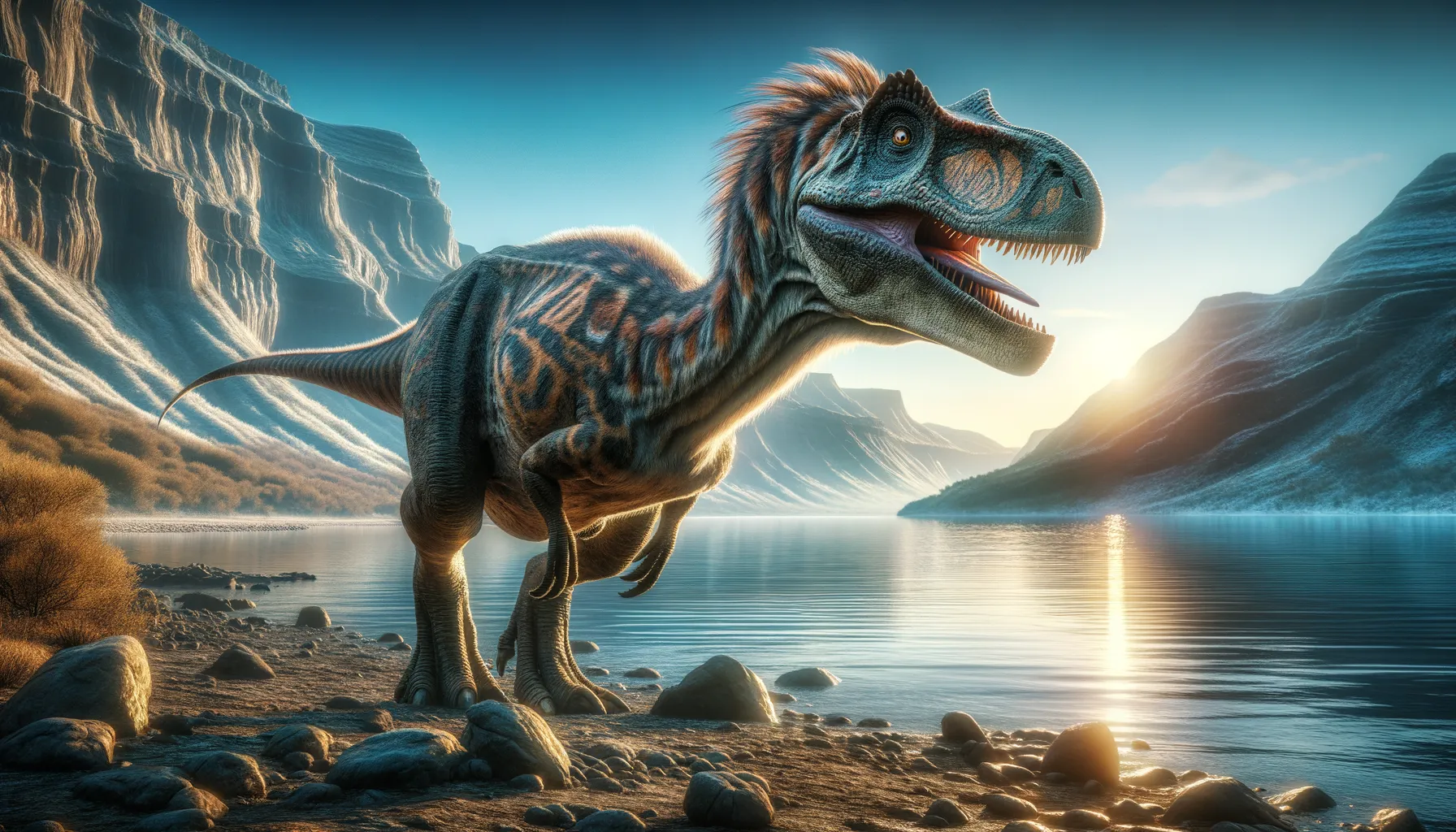
Hualianceratops
The little ceratopsian with big history.
Period
Jurassic
Length
Roughly 1 meter long.
Height
Approximately 1 foot tall.
Weight
Estimated around 10 kilograms.
Hualianceratops was a small, early ceratopsian dinosaur that lived during the Late Jurassic period. Known for its beak-like mouth and bipedal stance, it was relatively small compared to its later relatives like Triceratops. Its fossils provide essential insights into the early evolution of horned dinosaurs. Discovered in China, Hualianceratops showcases the diversity of prehistoric life in Asia and its adaptation to varied environments of the time.
Diet
Hualianceratops was herbivorous, feeding primarily on low-lying vegetation such as ferns and cycads. Its beak-like mouth was well-suited for clipping tough plant materials, which it could process with a basic shearing mechanism.
Hunting
As a herbivore, Hualianceratops did not hunt other animals. Instead, it foraged for food, using its keen sense of smell to locate edible plants. Its diet consisted mainly of small, ground-level vegetation.
Environmental challenges
Hualianceratops lived in a time of significant climatic changes and volcanic activity that shaped its habitat. It required strong survival strategies to evade predators and adapt to ecological shifts. Seasonal variations in food availability might have influenced its feeding and migratory patterns.
Speed
Likely slow due to its small and stout build.
Lifespan
Possibly several decades, similar to modern reptiles.
First discovery
Discovered in 2002 in the Gobi Desert, China.
Fun Facts
- Hualianceratops was a small dinosaur, about the size of a dog, that lived around 160 million years ago.
- The name Hualianceratops means 'ornamental face horned face,' highlighting its unique frills and facial structures.
- This dinosaur belonged to the ceratopsian family, the same group that includes the famous Triceratops, although it was much smaller and without big horns.
- Hualianceratops fossils were discovered in China, giving scientists valuable insights into early ceratopsian evolution.
- Unlike its later, more famous relatives, Hualianceratops probably didn't have large horns but had a beaked mouth ideal for eating plants.
- Hualianceratops lived during the Late Jurassic period, making it one of the early members of the horned dinosaurs.
- It was a herbivore and likely traveled in small herds, foraging for low-growing plants in its forested environment.
Growth and Development
Young Hualianceratops would have grown rapidly to avoid predation, reaching maturity by developing robust limbs and a sturdy frame. Its small size may have been an advantage, allowing it to hide easily among vegetation. The development of a bipedal stance might have evolved to improve mobility while searching for food.
Habitat
Hualianceratops inhabited lush, forested areas with plentiful water sources in what is now China. The environment was rich in plant life, providing ample food resources. The diverse ecosystem also included other dinosaurs, mammals, and various reptiles.
Interaction with other species
Hualianceratops shared its habitat with a variety of species, likely competing for plant resources with other herbivores. Predatory dinosaurs in the area posed a constant threat, requiring Hualianceratops to remain vigilant. Interaction with other species could have included competition and possible symbiotic relationships, such as warning signals about predators.
Natural lifespan
Hualianceratops likely had a lifespan similar to small modern reptiles.
Reproduction
Hualianceratops likely reproduced by laying eggs, as with many other dinosaurs. Nesting sites would have been selected based on safety and environmental suitability. Parental care, if any, remains speculative but could have included guarding the nest from predators.
Social behaviour
Hualianceratops might have lived in small groups or pairs, providing safety in numbers. Such social structures would have facilitated cooperative defense strategies against predators. Communication within these groups could have included vocalizations or visual signals.
Fossil locations
Fossils of Hualianceratops have been primarily found in the Shishugou Formation in the Xinjiang Province of China. The discovery site in the Gobi Desert has yielded numerous important fossils, contributing to our understanding of the area's prehistoric ecosystem. These findings help scientists piece together the evolutionary history of early ceratopsians.
